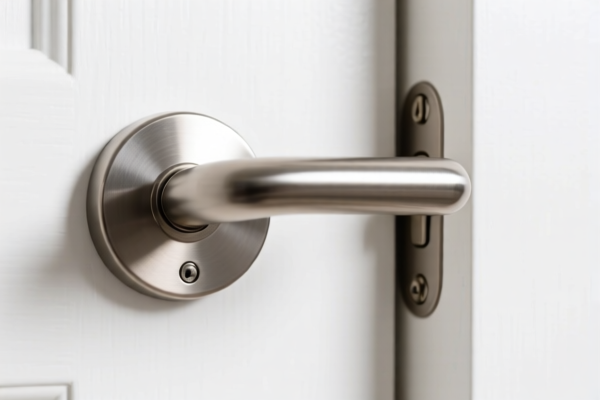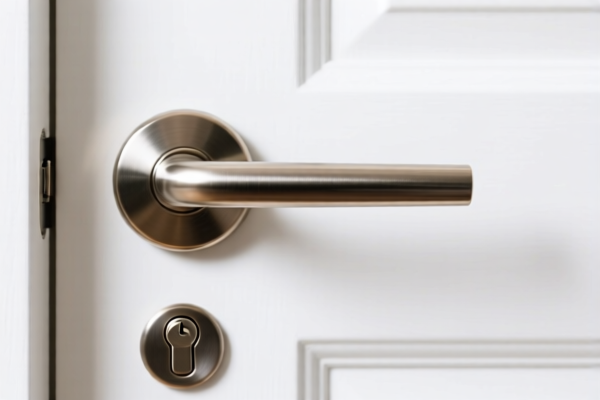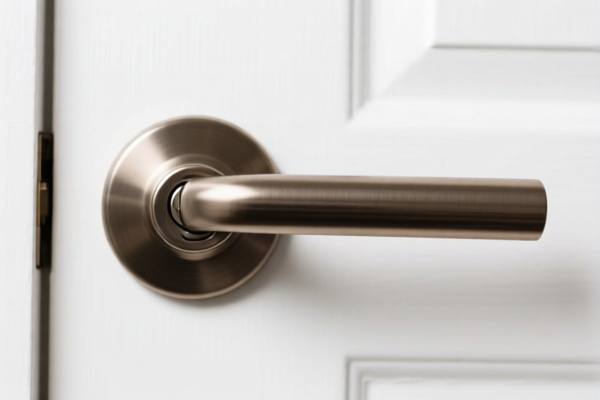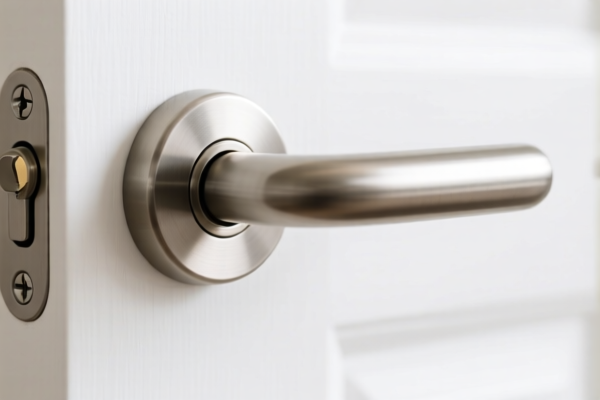| HS Code | Official Doc | Tariff Rate | Origin | Destination | Effective Date |
|---|---|---|---|---|---|
| 8537109170 | Doc | 57.7% | CN | US | 2025-05-12 |
| 8537109160 | Doc | 57.7% | CN | US | 2025-05-12 |
| 8536490050 | Doc | 57.7% | CN | US | 2025-05-12 |
| 8536490065 | Doc | 57.7% | CN | US | 2025-05-12 |
| 3926909989 | Doc | 42.8% | CN | US | 2025-05-12 |




Electric Door Lock
An electric door lock is a locking system that operates electronically, controlling access to buildings, rooms, or other secured areas. These locks offer enhanced security and convenience compared to traditional mechanical locks, often integrating with access control systems.
Material
Electric door locks comprise several components utilizing various materials:
- Housing: Typically constructed from robust metals like steel, stainless steel, or aluminum to resist forced entry.
- Solenoid/Motor: Made with copper windings, steel laminations, and permanent magnets for generating the locking/unlocking force.
- Internal Mechanisms: Utilize steel gears, springs, and bearings for reliable operation.
- Wiring: Employs copper conductors with PVC or Teflon insulation.
- Exterior Components: May include ABS plastic, zinc alloy, or brass for handles, buttons, and keypads.
Purpose
The primary purpose of an electric door lock is to control access to a secured area. This includes:
- Security: Providing a higher level of protection against unauthorized entry.
- Convenience: Allowing remote operation and eliminating the need for physical keys.
- Access Control: Integrating with systems to manage who can enter and when.
- Audit Trail: Recording entry and exit events for security monitoring.
Function
Electric door locks function by utilizing an electromagnetic force to control a locking bolt or latch. Common operating principles include:
- Fail-safe: The lock remains unlocked when power is applied and locks when power is removed. Commonly used in fire exits.
- Fail-secure: The lock remains locked when power is applied and unlocks when power is removed. This is the more common configuration for standard security doors.
- Magnetic Locks (Maglocks): Utilize electromagnets to hold the door closed. A strong magnetic attraction secures the door until power is cut.
- Electric Strikes: Replace the standard strike plate and use an electromagnet to retract a bolt, allowing the door to open.
- Electric Mortise Locks: Integrate a motor directly into the lock body to control the bolt.
Usage Scenarios
Electric door locks are deployed in a wide range of applications:
- Commercial Buildings: Offices, retail stores, warehouses for access control and security.
- Residential Properties: Apartments, houses for enhanced security and convenience.
- Government Facilities: Secure areas requiring strict access control.
- Educational Institutions: Schools, universities for managing access to buildings and rooms.
- Healthcare Facilities: Hospitals, clinics for controlling access to sensitive areas.
- Emergency Exits: Fire doors utilizing fail-safe mechanisms.
Common Types
- Magnetic Locks (Maglocks): Simple, reliable, and cost-effective. Suitable for doors with a flat surface.
- Electric Strikes: Easy to install and compatible with existing doors and frames.
- Electric Mortise Locks: Offer higher security and can be integrated with various access control systems.
- Deadbolt Locks: Provide enhanced security with a motorized deadbolt.
- Keypad Locks: Allow access using a numerical code.
- Card Reader Locks: Utilize access cards or fobs for entry.
- Biometric Locks: Employ fingerprint, facial recognition, or other biometric data for authentication.
- Smart Locks: Connect to a network (Wi-Fi, Bluetooth) for remote control and monitoring via smartphone apps.
Electric door locks can be broadly categorized as electrical apparatus for switching or protecting electrical circuits, or for making connections to or in electrical circuits. Here are relevant HS codes based on the provided information:
- 8536490050: Electrical apparatus for switching or protecting electrical circuits, or for making connections to or in electrical circuits (for example, switches, relays, fuses, surge suppressors, plugs, sockets, lamp-holders and other connectors, junction boxes), for a voltage not exceeding 1,000 V; connectors for optical fibers, optical fiber bundles or cables: Relays: Other With contacts rated at less than 10 A: Electromechanical. This code applies if the electric door lock functions as a relay controlling the locking mechanism, and its contacts are rated below 10A.
- 8536490065: Electrical apparatus for switching or protecting electrical circuits, or for making connections to or in electrical circuits (for example, switches, relays, fuses, surge suppressors, plugs, sockets, lamp-holders and other connectors, junction boxes), for a voltage not exceeding 1,000 V; connectors for optical fibers, optical fiber bundles or cables: Relays: Other Other: Contactors. This code is applicable if the electric door lock utilizes contactors as part of its switching mechanism.
- 3926909989: Other articles of plastics and articles of other materials of headings 3901 to 3914: Other: Other. If the electric door lock’s housing or significant components are made of plastics or other materials within headings 3901 to 3914, this code may be relevant.
Tax Information:
- HS codes 8536490050 and 8536490065 have a base tariff of 2.7%, an additional tariff of 25.0%, and an additional tariff of 30% effective April 2, 2025, resulting in a total tariff of 57.7%.
- HS code 3926909989 has a base tariff of 5.3%, an additional tariff of 7.5%, and an additional tariff of 30% effective April 2, 2025, resulting in a total tariff of 42.8%.
Important Note: The applicable HS code depends on the specific materials used and the function of the electric door lock. If the lock incorporates plastic components, HS code 3926909989 may also be relevant.
Customer Reviews
No reviews yet.